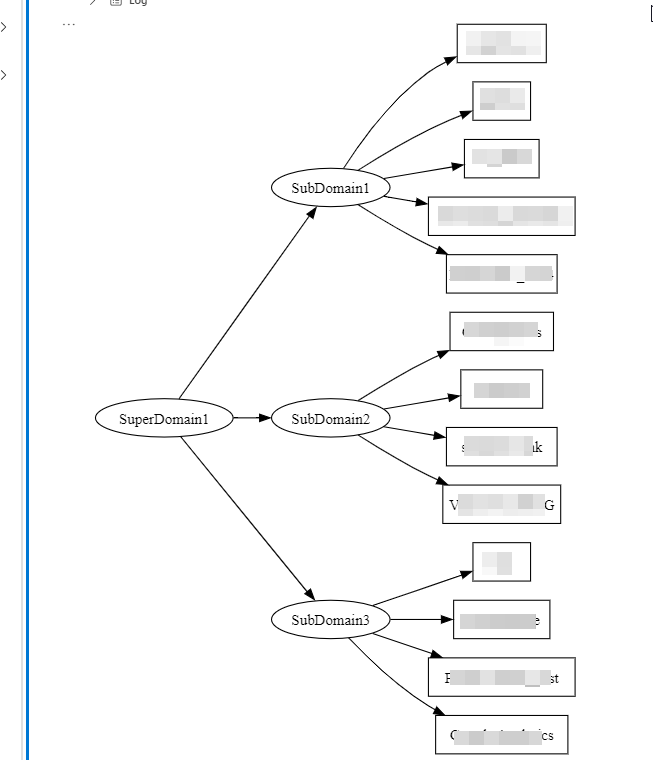Visualizing Fabric Domain Lineage
 Sandeep Pawar
Sandeep PawarIn Fabric, you can use the Domains to create a data mesh architecture. It allows you to organize the data and items by specific business domains within the organization and make the overall data architecture decentralized. You can create domains within domains and assign workspaces to each domain. As it grows, you may find it challenging to understand how the domains & workspaces have been organized. Below code will help you trace the domains, subdomains and the workspaces assigned to them.
It uses the Domains API. You need to be a an O365 Global admin or Fabric admin to get the list of domains.
## Author : Sandeep Pawar | fabric.guru
import sempy.fabric as fabric
import pandas as pd
from graphviz import Digraph
from IPython.display import display
client = fabric.FabricRestClient()
def get_domain_ws(domain_id):
# API call to get workspaces for a specific domain
response = client.get(f"v1/admin/domains/{domain_id}/workspaces").json()
return pd.DataFrame(response['value'])['displayName']
def list_domains(client):
# get all domains
domains = pd.DataFrame(client.get("v1/admin/domains").json()['domains'])
domain_data = []
domain_name_map = domains.set_index('id')['displayName'].to_dict()
# get domain details
for _, row in domains.iterrows():
domain_id = row['id']
display_name = row['displayName']
parent_domain_id = row['parentDomainId']
parent_domain_name = domain_name_map.get(parent_domain_id, 'None')
try:
workspaces = get_domain_ws(domain_id).to_list()
except:
workspaces = []
# result df
domain_data.append({
'Domain ID': domain_id,
'Domain Name': display_name,
'Parent Domain Name': parent_domain_name,
'Workspaces': ', '.join(workspaces) if workspaces else 'No Workspaces'
})
return pd.DataFrame(domain_data)
domains_with_workspaces = list_domains(client)
def visualize_domains(domains_df, orientation='LR'):
"""
orientation : "LR" default (Left to Right) , "TB": top to bottom
"""
dot = Digraph(comment="Domain Hierarchy with Workspaces", graph_attr={'rankdir': orientation})
# nodes
for _, row in domains_df.iterrows():
domain_name = row['Domain Name']
parent_domain_name = row['Parent Domain Name']
workspaces = row['Workspaces']
dot.node(domain_name, domain_name)
if parent_domain_name != 'None':
dot.edge(parent_domain_name, domain_name)
if workspaces != 'No Workspaces':
for workspace in workspaces.split(', '):
dot.node(workspace, workspace, shape='box')
dot.edge(domain_name, workspace)
display(dot)
visualize_domains(domains_with_workspaces, orientation='LR')
Output :
Below the domains, subdomains and workspaces lineage is shown visually. YOu can also get the list as a dataframe using the list_domains() function.

Subscribe to my newsletter
Read articles from Sandeep Pawar directly inside your inbox. Subscribe to the newsletter, and don't miss out.
Written by

Sandeep Pawar
Sandeep Pawar
Principal Program Manager, Microsoft Fabric CAT helping users and organizations build scalable, insightful, secure solutions. Blogs, opinions are my own and do not represent my employer.